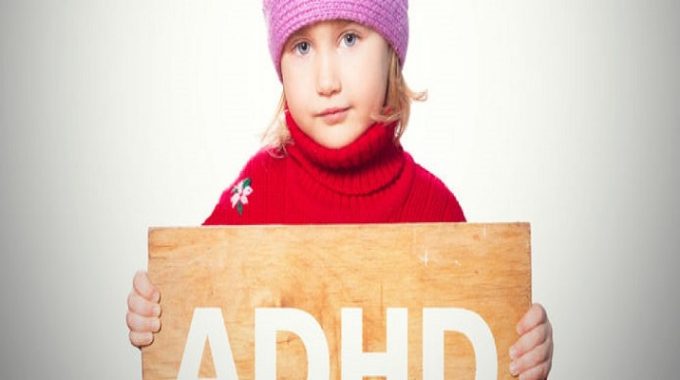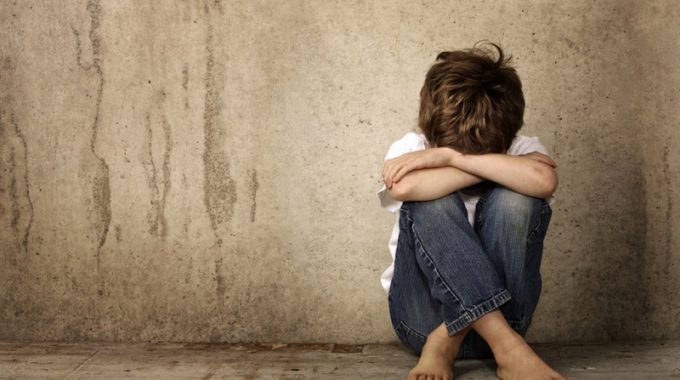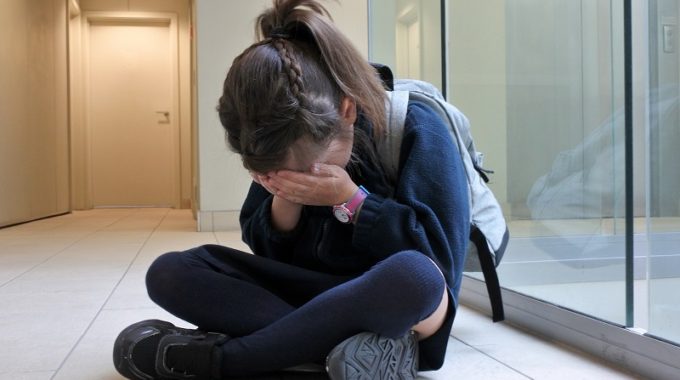
ADH DISORDER
Attention-deficit hyperactivity disorder (ADHD) is a chronic condition which affects millions of kids and often continues into adulthood. ADHD comprises a blend of persistent problems, such as difficulty keeping attention, hyperactivity and impulsive behaviour. Children with ADHD can also struggle with reduced self-esteem, troubled relationships and poor performance in school. Symptoms sometimes decrease with age. But some individuals never fully outgrow their ADHD symptoms. But they could learn strategies to succeed.
Three subtypes of ADHD:
a) Predominantly inattentive — Nearly all symptoms fall under inattention.
b) Predominantly hyperactive/impulsive — Nearly all symptoms are hyperactive and impulsive.
c)Combined — This is a mixture of inattentive symptoms and hyperactive/impulsive symptoms.
HERE ARE 14 TYPICAL SIGNS OF ADHD IN KIDS
>>Self-focused Behaviour
>>Interrupting
>>Trouble Awaiting their turn
>>Emotional Chaos
>>Fidgeting
>>Issues playing Gently
>>Unfinished tasks
>>Lack of Attention
>>Avoidance of Jobs Requiring Prolonged mental effort
>>Mistakes
>>Daydreaming
>>Trouble Becoming organized
>>Forgetfulness
>>Symptoms in multiple Configurations
The best treatment for ADHD is regarded as a combo of medication and behavioral and psychological treatments. Close collaboration among therapists, physicians, teachers, and parents is very important, and staff meetings assist.Stimulants. Though there’s considerable controversy regarding their potential overuse, stimulants are the most frequently prescribed medications for treating ADHD. Stimulants frequently decrease hyperactivity and enhance concentration.
ADHD is a intricate condition and is at times tough to diagnose. There’s not any single test for ADHD. Doctors diagnose ADHD in children and adolescents after talking symptoms at length together with the child, parents, and teachers and celebrating the child’s behaviours. The health care provider will also collect information about any similar issues that operate in the household and consider all probable causes.



